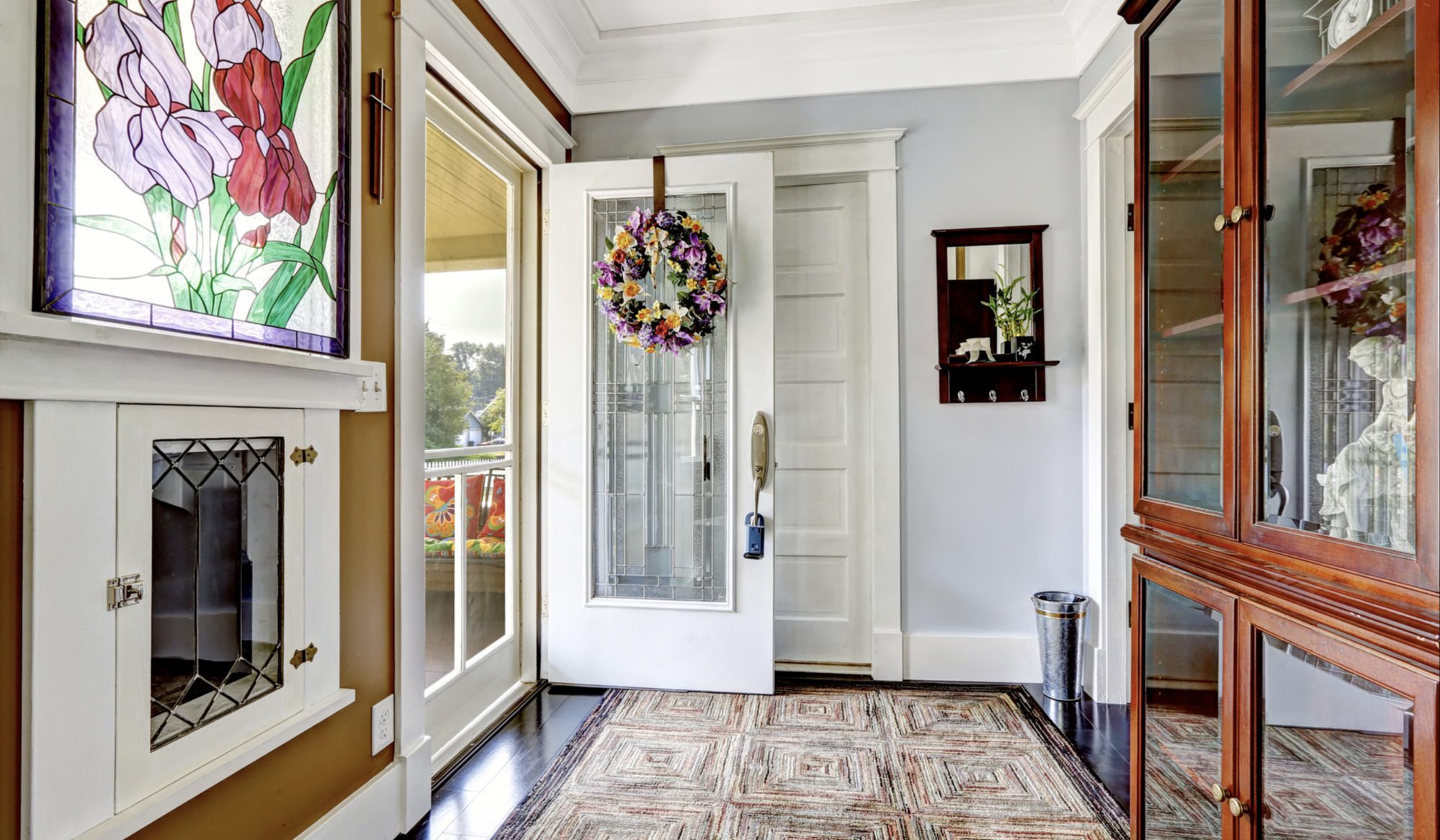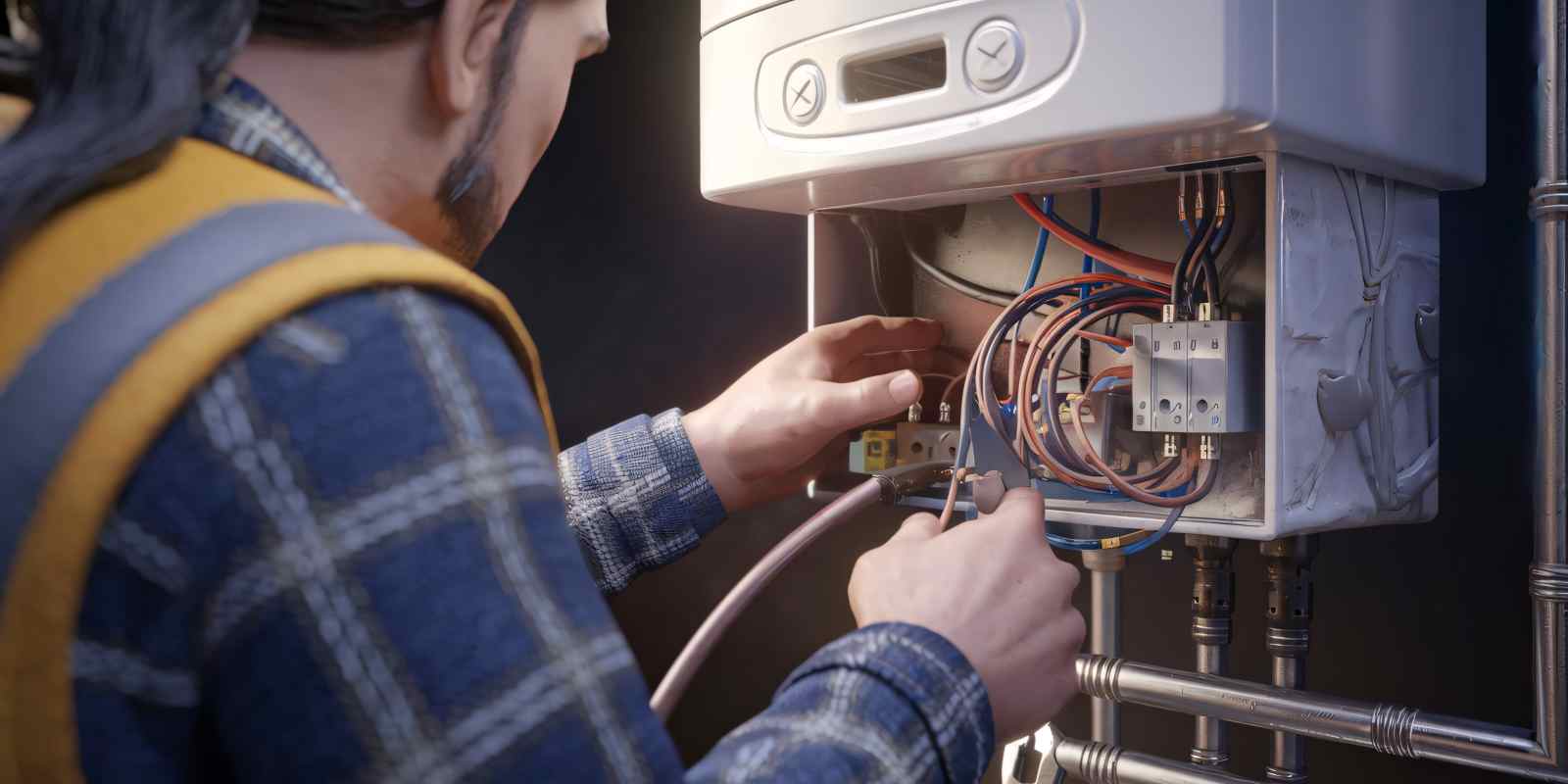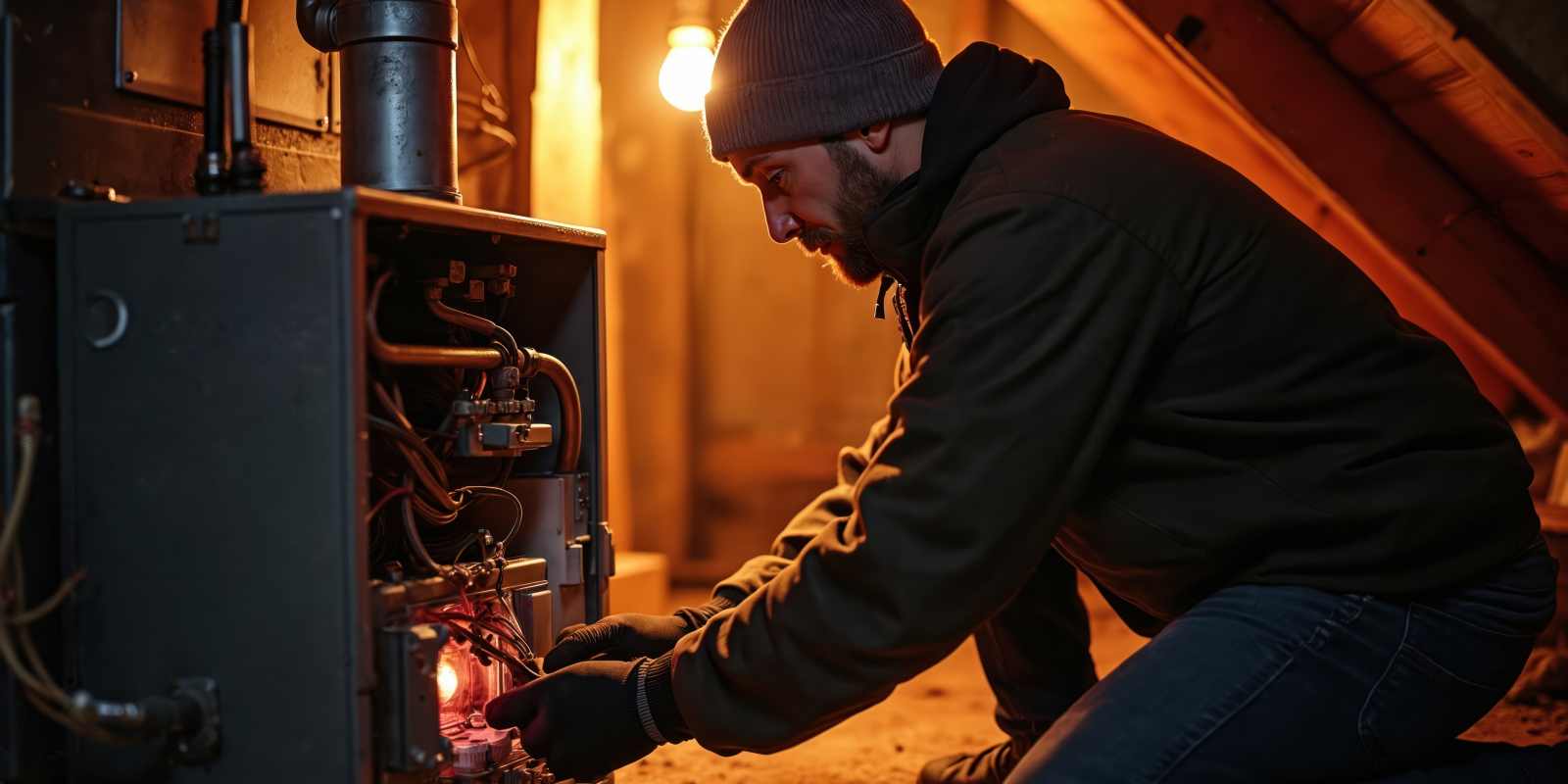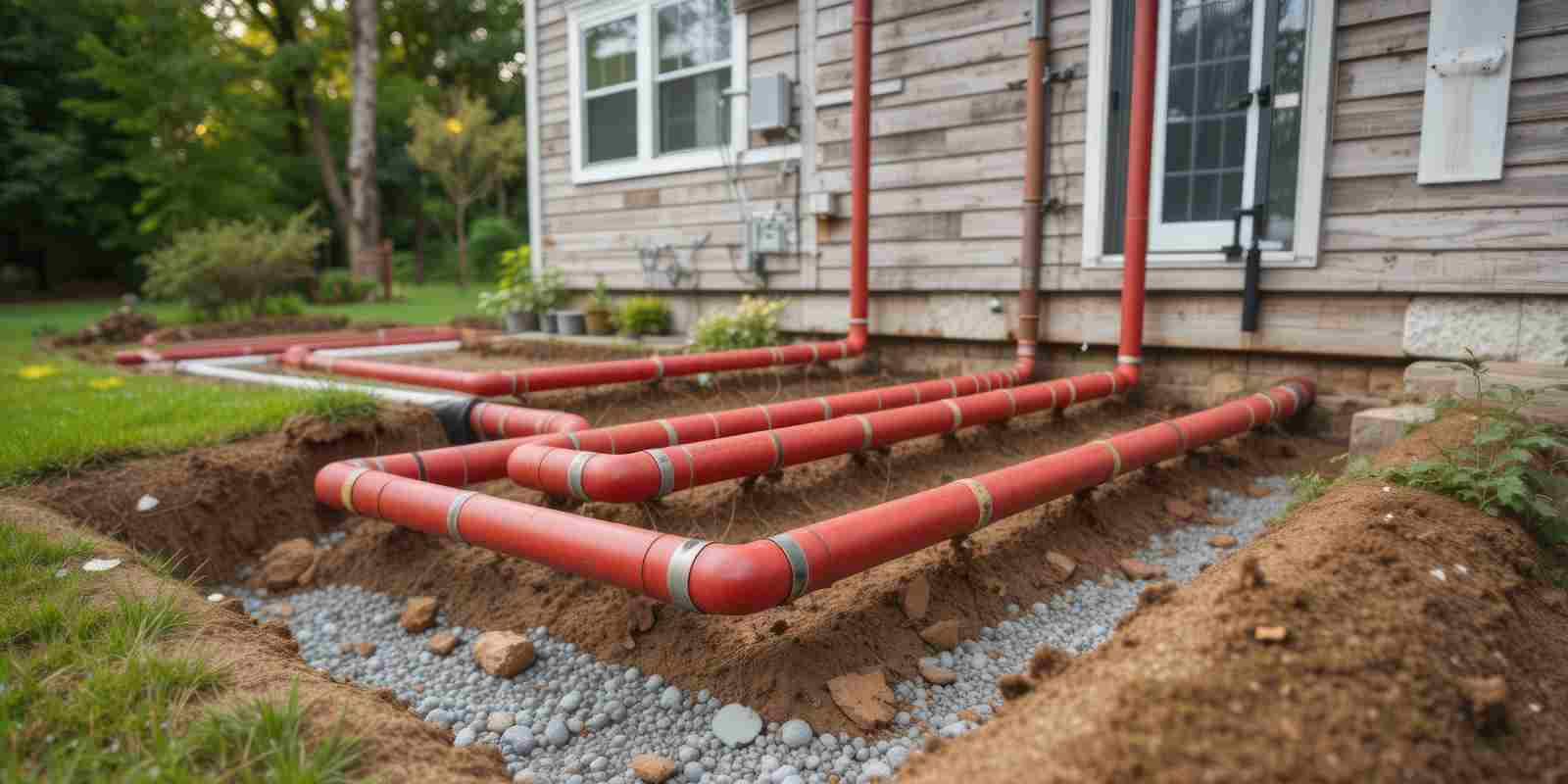
Older homes can be beautiful. They have a historic charm and character that you can’t find in newer builds. Unfortunately, they also come with a lot of HVAC difficulties.
Old houses are notoriously challenging to heat and cool as they were not built with the same heating and cooling standards as today. In fact, if your home is 50 years old or older, chances are you’re paying at least 25 percent more in energy costs than a comparably sized new home.
But there are impactful steps that homeowners can take to maximize the functionality of their HVAC systems in older homes.
1) Consider a Ductless Mini-Split
Retrofitting a forced-air system into an old home is a huge job that requires installers to cut large holes in your walls and ceilings to run the ducts. This is a large-scale renovation that requires ducts to be installed in each room and walls and can end up taking up closet and other space in your home.
Instead, consider a ductless mini-split. These HVAC systems a much easier to install as they do not require ducts. A mini-split system has an outdoor “compressor” and an indoor “evaporator.” Installing a mini-split system usually only requires a small hole to link the cable, tubing, and drain line between the two units. These units also have individual zoning, meaning each indoor unit can have its own thermostat.
The only con is that although conveniently placed in each room for comfort, the mini-split system is not the most attractive. A unit is installed on the upper-wall of a room, making for a slight eye-sore in some cases.
2) Get Insulated
Well-insulated homes allow for proper heating and protect against outdoor temperature fluctuations. Old homes, though, are very rarely well-insulated. No matter how efficient your home HVAC system is, poor insulation can leave your home feeling drafty and lead to high energy bills.
Fill your attic with fiberglass, mineral wool or cellulose insulation to prevent the heat your furnace produces from disappearing up through the roof. If the weatherstripping around your doors and windows is badly worn when winter rolls around, replace it to eliminate drafts. You may also want to consider investing in professional insulation to save you money in the long run.
3) Keep up with routine maintenance
Preventative maintenance is key to a healthy HVAC system, and a comfortable, happy indoor environment. This is particularly important for older homes that may have older HVAC systems. Regular servicing can spot big problems while they are still small – it’s easier to repair a small water leak in a unit than a flood on the floor of your home or office from a plugged condensate line or cracked overflow pan. An HVAC unit running at peak efficiency can also save you hundreds each year in gas and electricity bills.
Pro tip: keep a log of when your HVAC unit was last serviced, and include notes on what work was performed. Being familiar with your unit’s history can better prepare you to identify future problems and assist your service technician in quickly diagnosing likely areas of trouble.
—
With licensed, trained, and insured technicians in Westchester County, New York, homeowners can count on A. Borrelli to handle their heating, cooling, and plumbing needs expediently. At A. Borrelli, we do HVAC and plumbing right, so call us at (914) 301-7495 today!



